Intermediates
Gallantry and accessories
Blog Piekiełka
Jasper - a mottled, striped or speckled stone of all colors
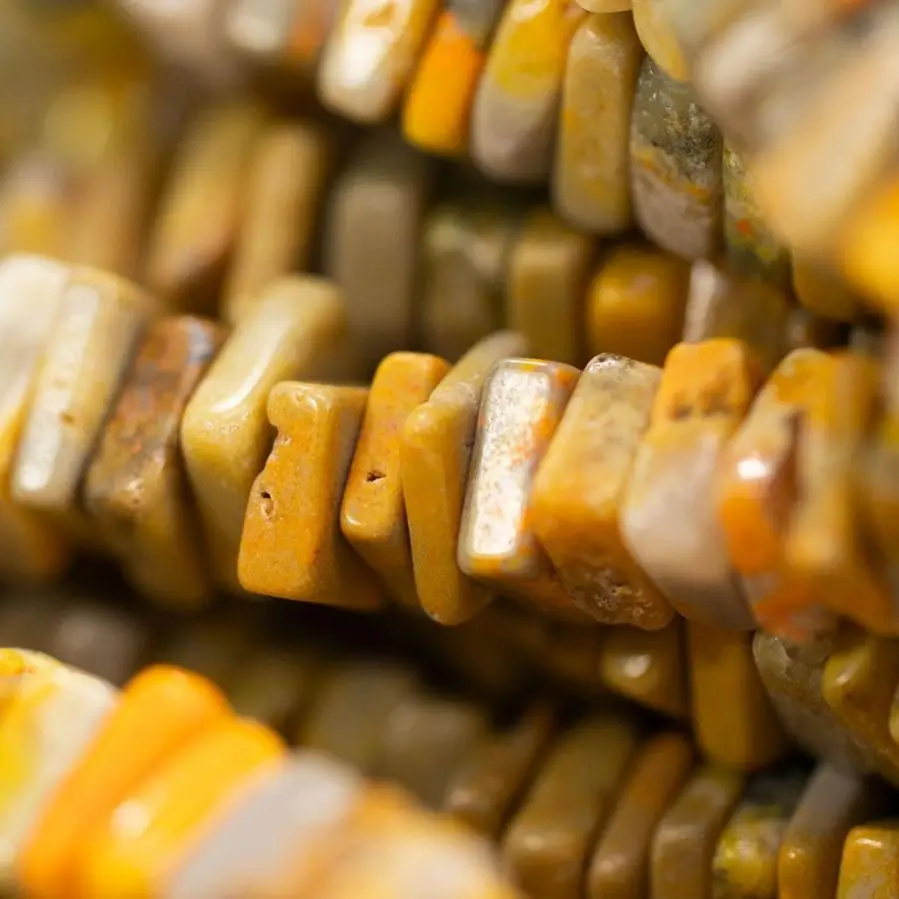
Jasper as a gemstone and material for ornaments and tools has been known throughout our known history. Some of the world's oldest mines, discovered in Pennsylvania, are believed to have been established by Paleolithic people. The ancestors of America's original inhabitants dug jasper to make knives and arrowheads from it, as well as jewelry. And this was happening 12,000 years ago!
The inhabitants of the ancient Sumerian kingdom, the cradle of Western civilization, believed 2,000 BC that the Earth was flat and covered by a starry dome made of jasper precisely. The association with stars was probably evoked by the mineral's mottled surface.
Visiting any major museum in the world, in the section of ancient artifacts, it is difficult not to come across some jasper product. Roman and Minoan rings, cylinder seals and cameos, sword handle ornaments, amulets and others were very popular.
The name "jasper" itself did not appear until the 14th century, and is derived from the French word jaspre, which in turn is derived from the Latin jasper and Greek iaspis = "mottled stone." It is believed that this etymology has nothing to do with the English name Jasper (of Persian origin). Looking further back, one can find similarities with the Hebrew word "yashpeh" or "yashepeh," used in the Bible, which means "to polish" and refers to precious stones.
Jasper in one form or another is found almost all over the world. Hundreds of known varieties often come from one or two sites, and if "Cave Creek Jasper" is mentioned, for example, it is known that only that site is meant. Overall, the most important sources of jasper are in India, Australia, Venezuela, Russia, Brazil and Uruguay. The tropical island of Madagascar provides the so-called ocean jasper, Indonesia a fantastically colorful stone, while the United States is a producer of interesting local varieties.
Properties of jasper
Jasper is a sedimentary rock composed of chalcedony and quartz, varieties of silicon dioxide (SiO2). Silica makes up 80-95% of jasper's composition, and the rest are admixtures. Chemically, jasper is related to rock crystal, amethyst, citrine, agate, opal, tiger's eye and rose quartz.
In the quartz group, jasper is classified as a microcrystalline quartz and defined as a variety of chalcedony. It crystallizes in the trigonal system characteristic of quartz. It is characterized by a glassy to oily luster, with a lack of transparency. It is unpolished, the breakthrough is shell-shaped.
The hardness of jasper on the Mohs scale is 6.5 to 7, which qualifies the mineral as a gemstone. The density of the mineral is 2.58 to 2.91 g/cm3.
Colors of jasper
The name jasper hides a great variety of varieties of this mineral. Wavy patterns, colorful mottling, red, green and yellow spots, inclusions that look woody or other organic, make this gemstone truly one of a kind.
Thanks to its unique colors and patterns, as well as its hardness and brilliance, jasper has been one of the most popular gemstones in the world for millennia. It was considered very rare and valuable in ancient times, although it was probably confused with other gemstones such as jade, nephrite and carnelian. Today, thanks to scientific methods, it is easier to identify it, although it is still sometimes a difficult case. Discoveries of jasper all over the world have made it a bit more accessible, but thus not a bit less beautiful.
Jasper stones can come in almost any color, but with a preference for earth tones: red, brown, orange (anticipating any corrections: the color is masculine) and green. However, shades of blue and purple are not rare either. Hardly, jasper is famous for presenting two, three or even more colors in one stone.
Jasper is a type of chalcedony, but it contains up to 20% admixtures, which is what gives this mineral such richness of color. The most common admixture is iron, which is responsible for jasper's red, brown and yellow hues. When iron was oxidized during the formation of the stone, jasper can be green, and manganese can be the cause of the blue color. Other oxides, dioxides, metals and even organic material mixed with quartz gave the mineral all possible colors and patterns.
Color is very important in the gemstone world, and jasper with a bright or rare color will be valued more highly than a stone with muted hues. Nevertheless, jasper is relatively inexpensive and even unusual coloring will not drive the price too high.
Varieties of jasper
The classification of jasper can be somewhat complicated, so it is worth doing a little introduction:
Quartz consists mainly of a mixture of silicon and oxygen and is available in two types - with large crystals like amethyst, citrine, rose quartz and others, and with fine crystals like chalcedony. Jasper is a type of chalcedony along with other very similar gemstones: agate, carnelian, onyx and many others.
Large-crystal quartz tends to be highly transparent, while fine-crystal quartz is usually translucent to opaque. Jasper is opaque.
Jasper is further divided into varieties based on color, pattern and origin. There are probably hundreds of various names. Some are easy to decipher, such as:
- blue jasper,
- brown jasper,
- red jasper,
- yellow jasper,
- cream jasper,
- zebra jasper,
- leopard jasper.
In addition, there are sometimes among others:
- landscape jasper,
- striped jasper,
- agate jasper,
- Egyptian jasper and many others.
The meaning and effect of jasper
"Mottled stone" was a very popular decorative stone in ancient times among the Romans and Greeks, as well as a healing stone. The Greeks believed that jasper gave inner harmony, and provided women with a harmonious pregnancy. Egyptians wore jasper amulets and used the stone's power to improve their own sexuality. Jasper massages were said to act as an aphrodisiac.
The medieval naturalist Konrad Geser wrote of it: "Jasper is a shield before the breast, a sword in the hand and a serpent under the feet. It protects against all diseases and renews the spirit, heart and mind."
The ancient inhabitants of North and Central America, India and the Arab world knew the healing effects of yellow jasper on the liver, kidneys and bile. Red jasper is said to help with nausea and excessive appetite.
Beige jasper provides inner peace, focus, supports endurance and willpower. With a surge of energy, goals and ideas can be thought through and carefully implemented. Besides, it leads one step further to self-knowledge and promotes understanding of other people at the same time. It improves understanding and memory.
Hildegard of Bingen and jasper
Today's jasper was known at the time of Hildegard of Bingen, the medieval mystic and healer, still under the name of agate. She described this healing stone as follows: "Agate (jasper) is hot and is formed from the sand of a river that stretches from east to south. It is fiery, but has more power from air and water than from fire. When a spider or some insect injects its poison into the body, the jasper needs to be strongly heated in the sun and placed on the spot. The venom will then stop working. Finally, you need to heat the jasper again and hold it over hot water until the sweat of the stone mixes with the water. Then put the jasper in this water for an hour, dip a linen cloth in the water and wipe the affected area. Jasper worn on the body makes a person sensible, conscientious and eloquent. When someone suffers from epilepsy or mental illness, he should carry jasper on his body to help him."
Jasper and zodiac signs
Jasper is an important gemstone for the sign of Virgo. This healing stone increases willpower, calmness and wisdom. Jasper is also an important secondary stone for Capricorn, as it gives him confidence and directs his attention to things that bring balance to his life.
The mineral is not recommended for Scorpios, Twins and Aries. Impulsive, somewhat arrogant and nervous representatives of these zodiac signs may find themselves in a situation where the stone reinforces their less than ideal qualities.
In relation to people born under the sign of Aquarius or Libra, jasper is considered neutral - it will not harm, although it will not bring much benefit either.
Lions are recommended to wear red jasper amulets - it helps to strengthen memory and mental abilities, fills with strength and energy.
Jewelry with jasper
-
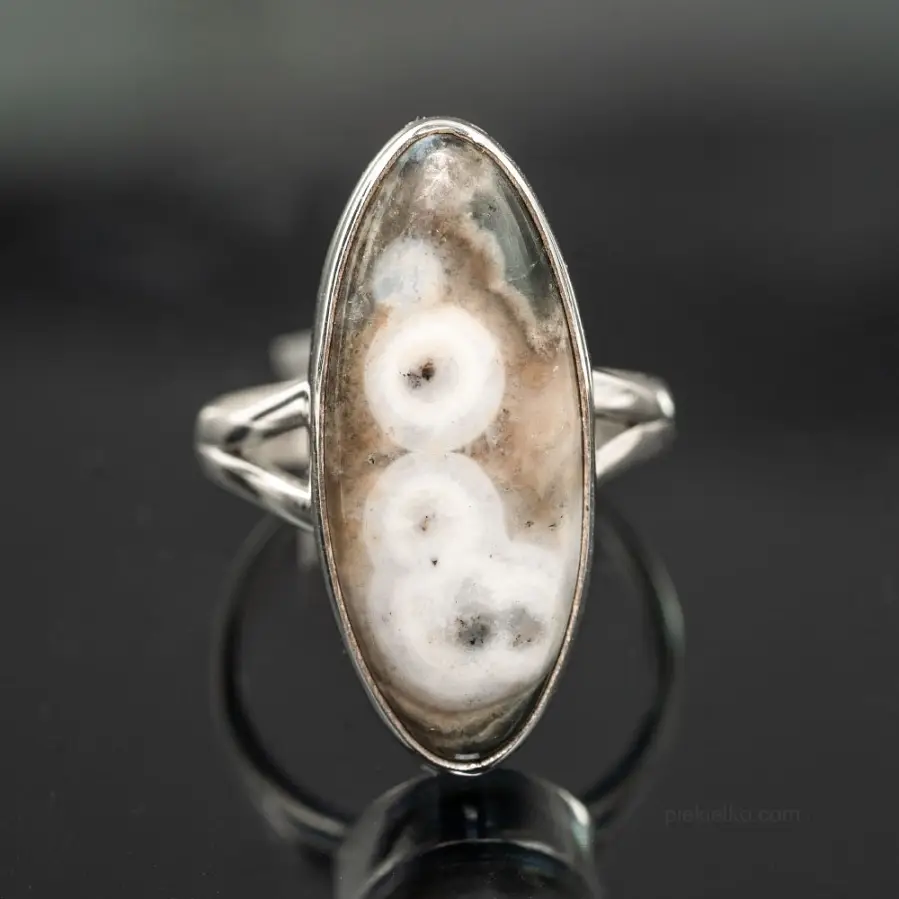
Ocean jasper from Madagascar
340,00306,85 -
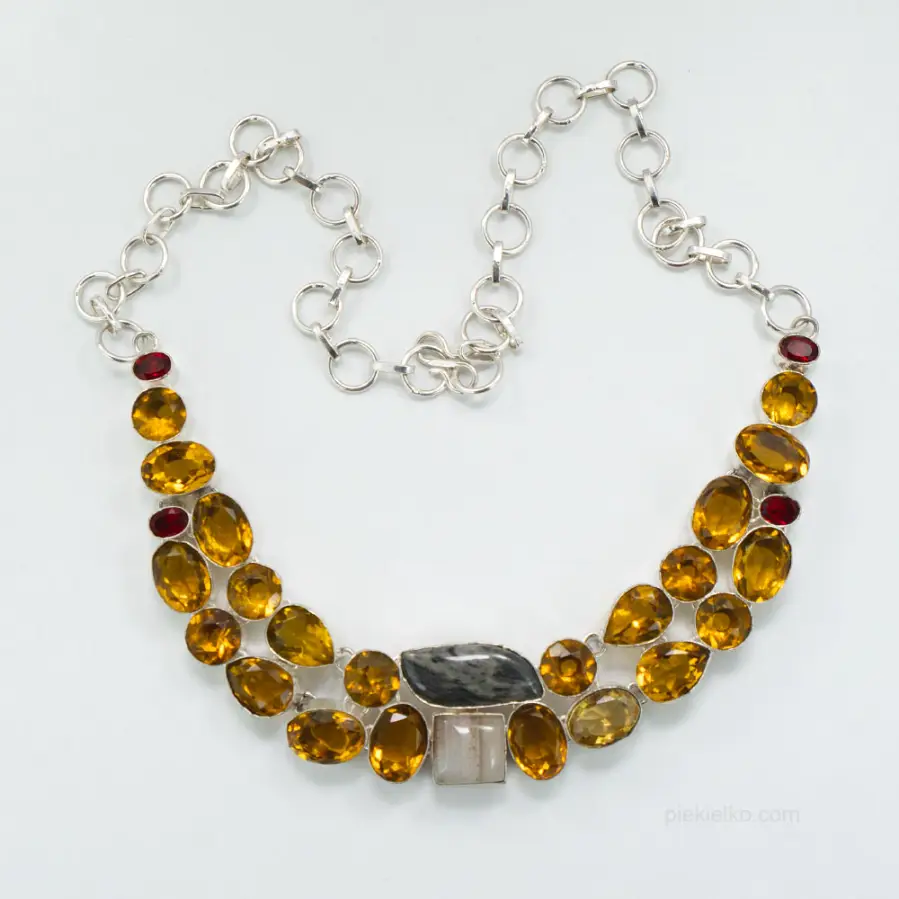
Necklace with the sparkle of citrine, garnet, agate and jasper
350,00 -

Chrome diopside jasper Indian necklace
268,00 -
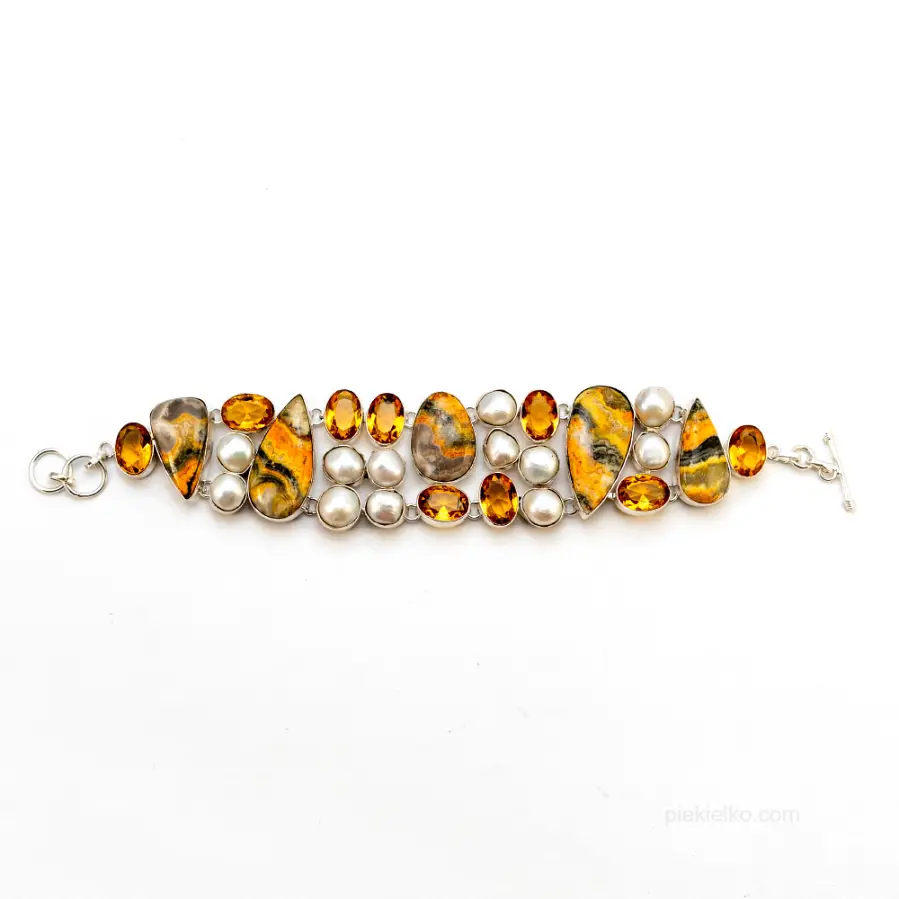
Citrine and pearl bumblebee bracelet
410,00 -
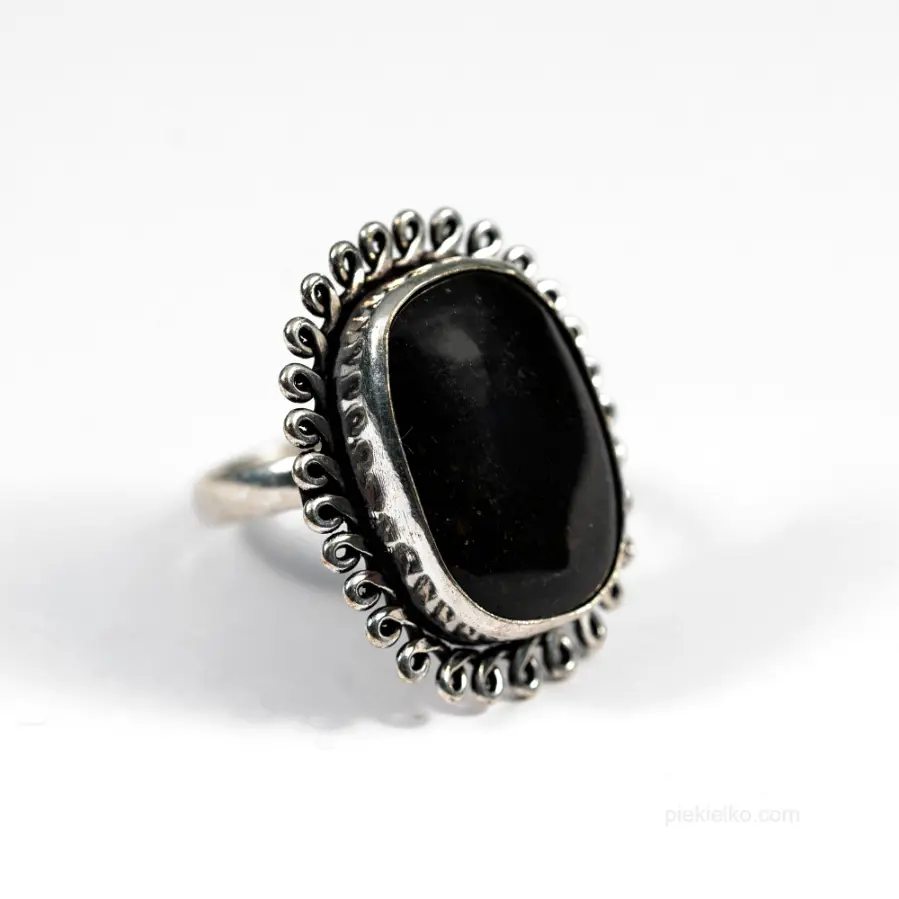
Black jasper ring
189,00179,55 -
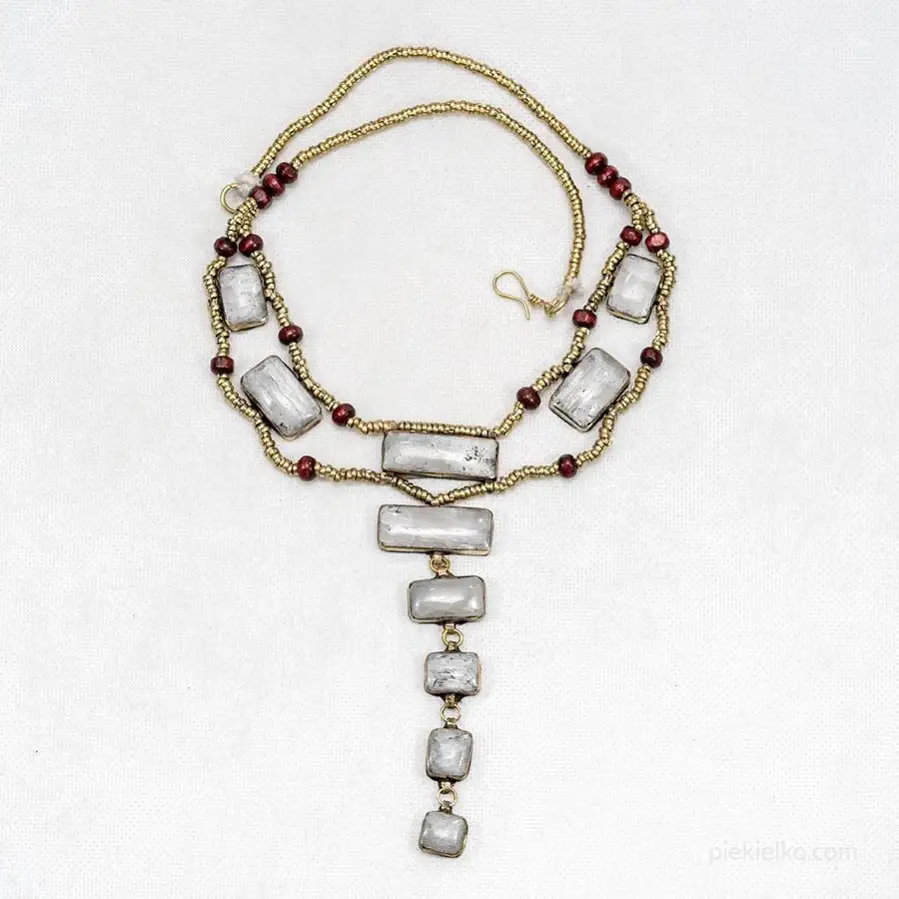
Necklace with natural jasper
320,00 -
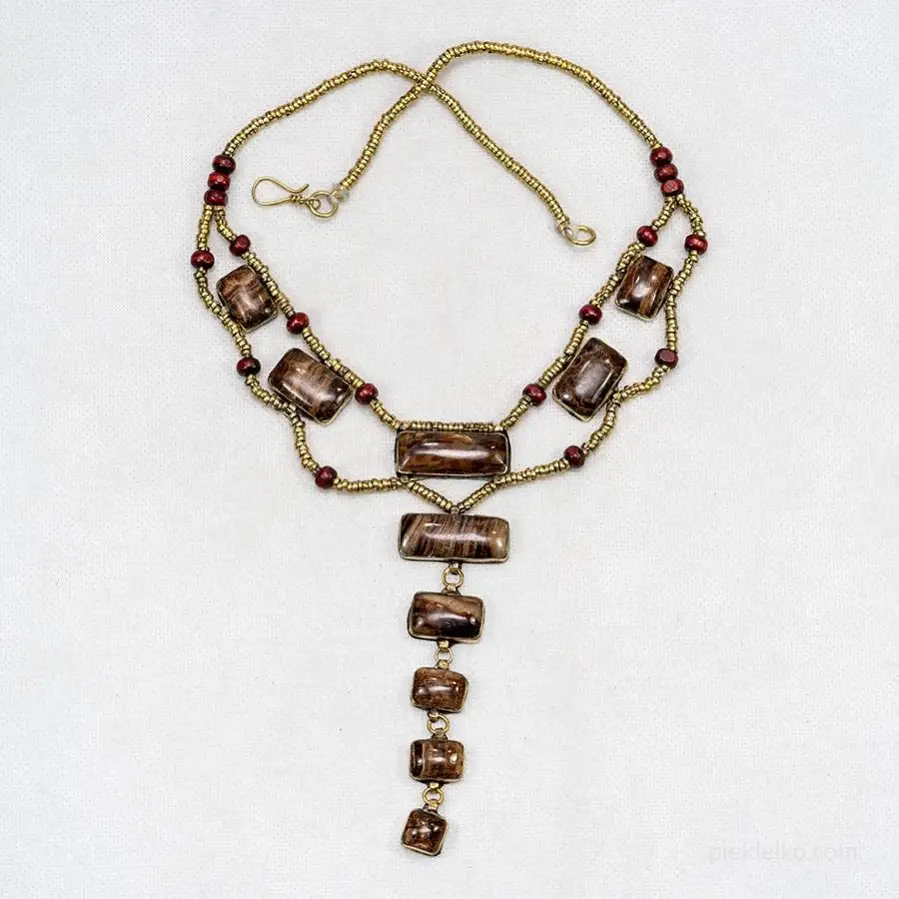
Necklace with brown jasper
320,00 -
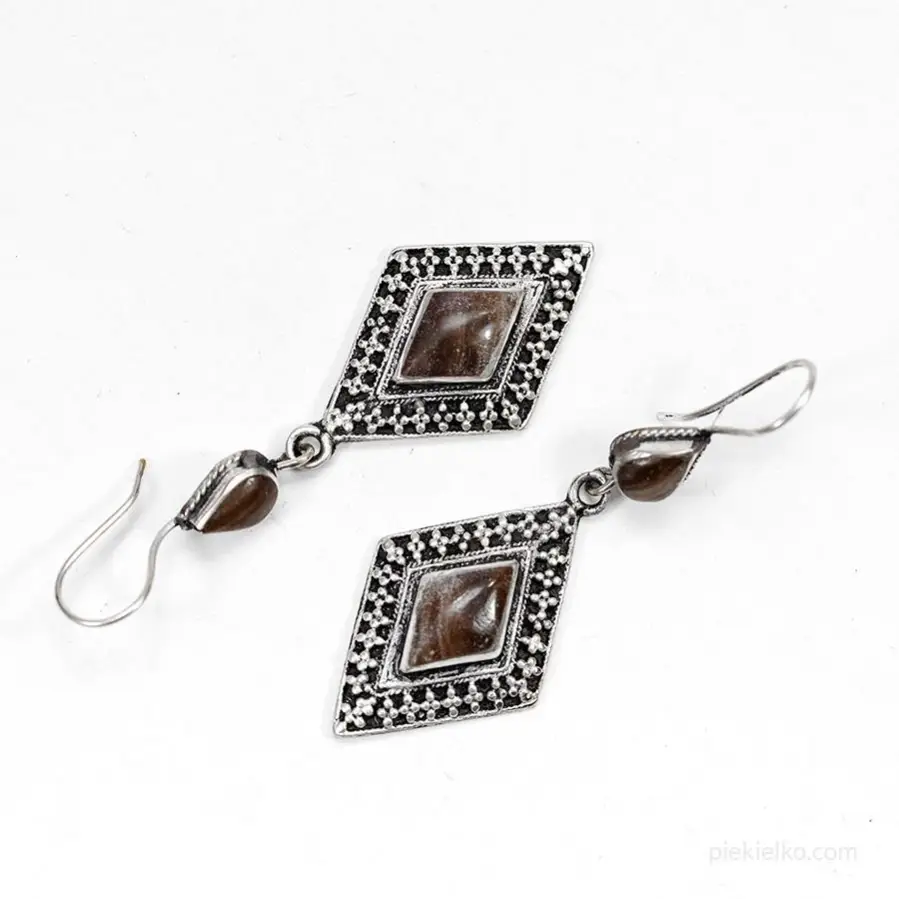
Pakistani jasper earrings
65,0061,75 -
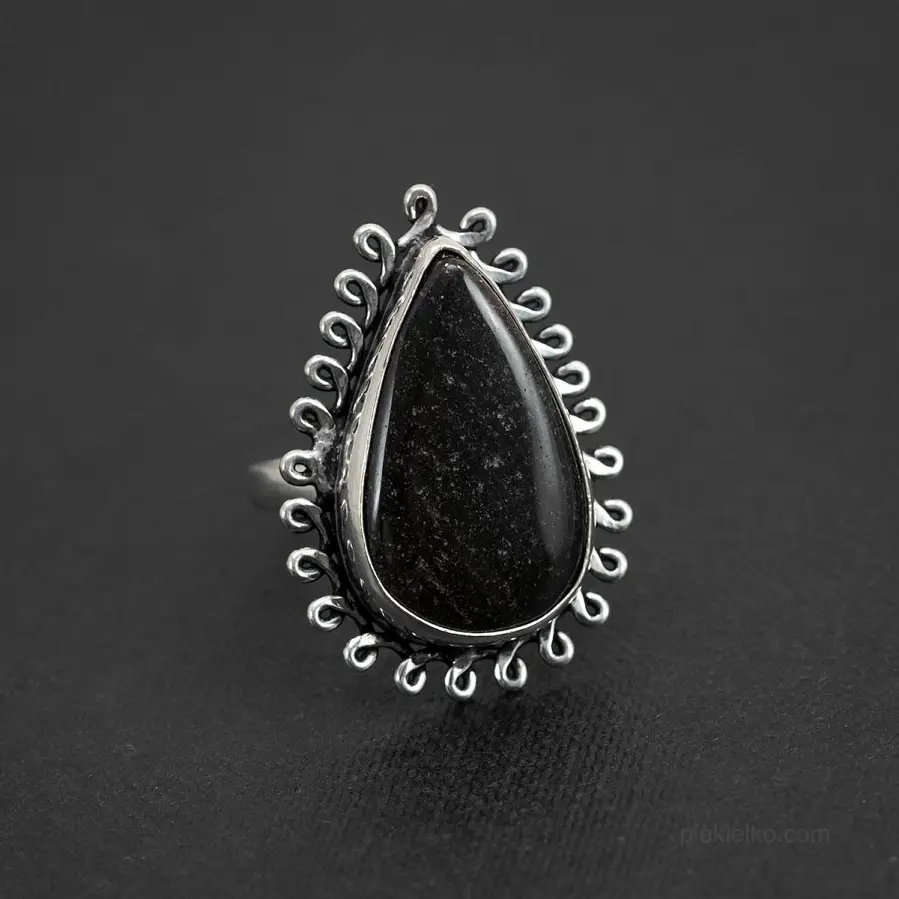
Ring with black jasper
168,0095,76 -
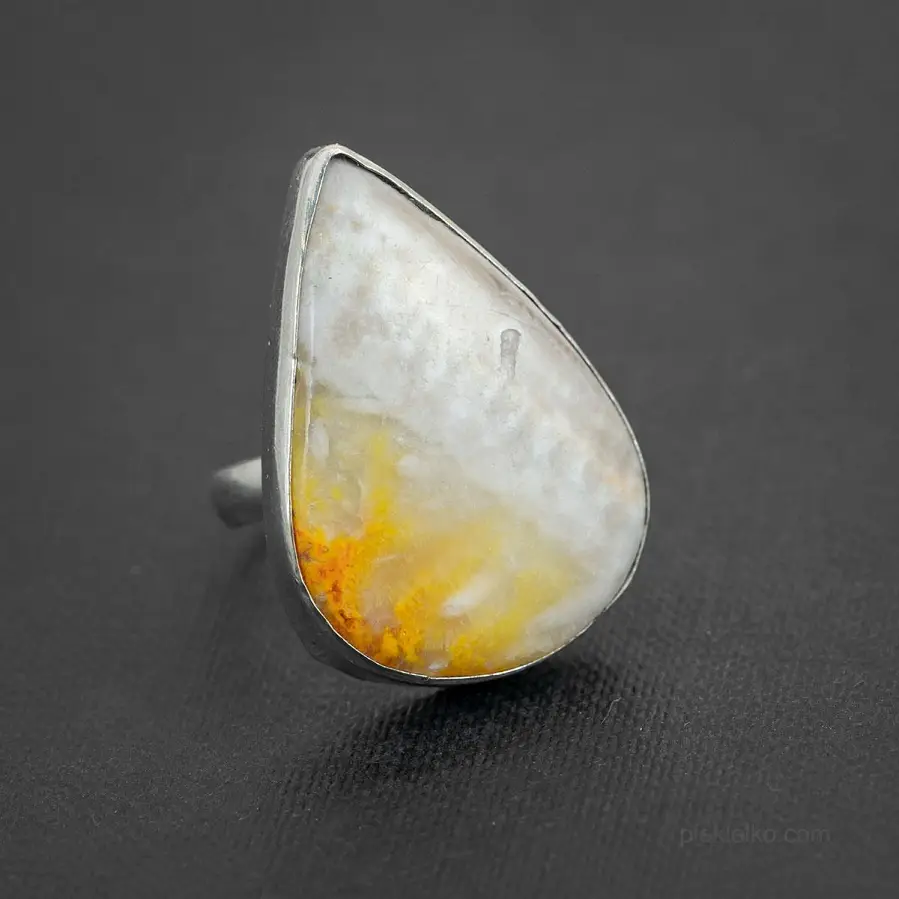
Natural bumblebee jasper – ring
212,00201,40 -
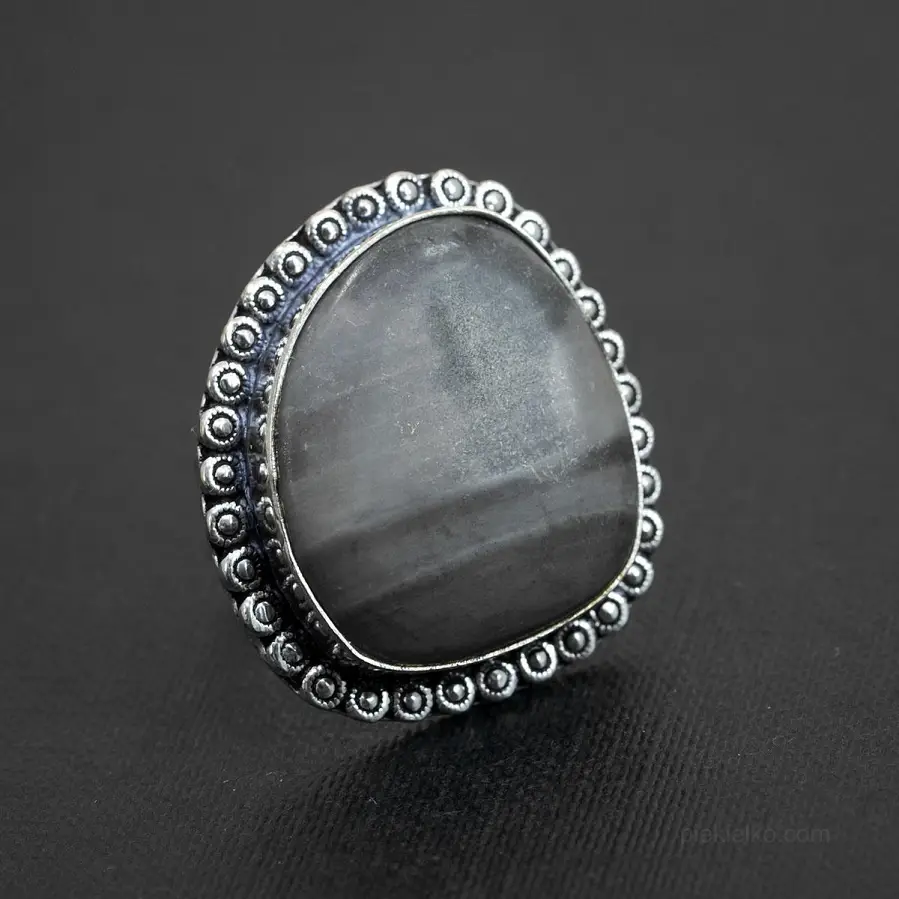
Ring with black jasper
175,0099,75 -
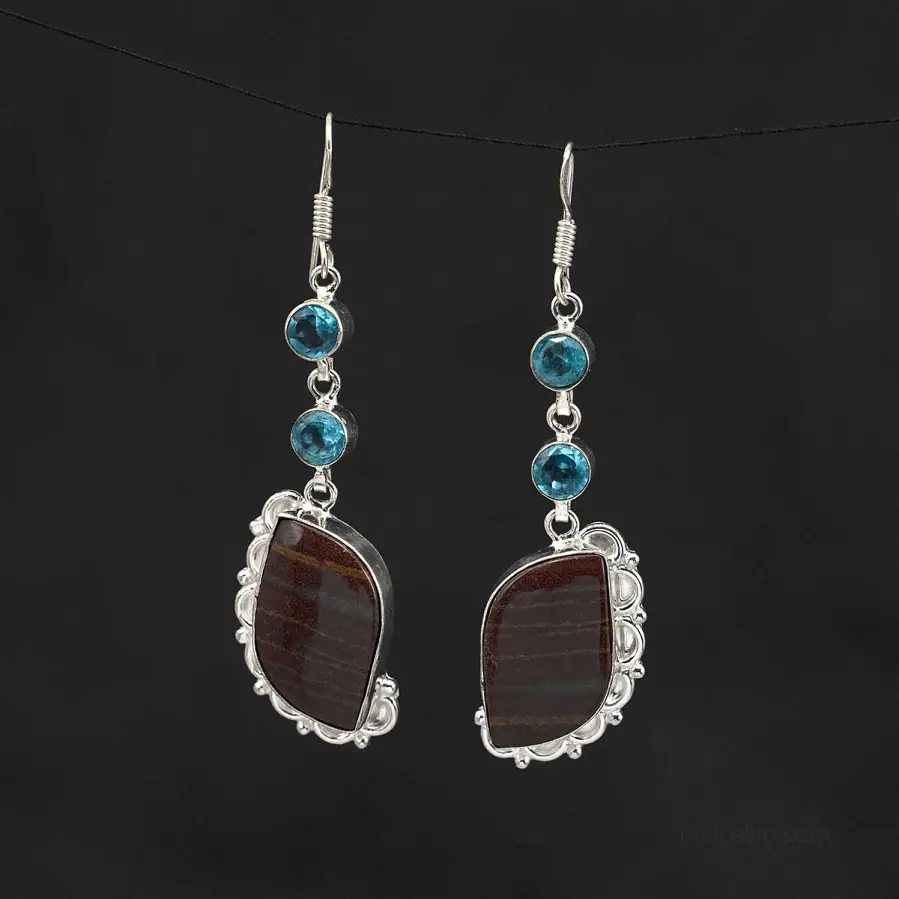
Silver earrings with jasper and quartz
125,0071,25 -

Silver earrings with jasper and topaz
135,0076,95 -
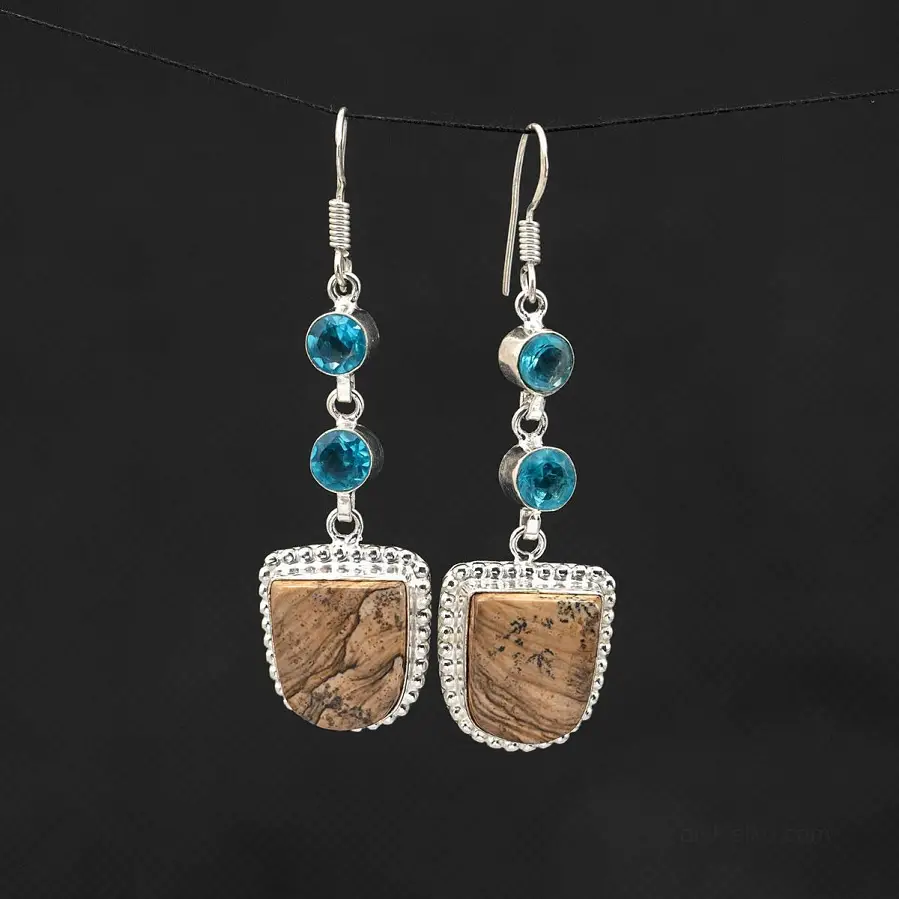
Earrings with jasper and blue topaz
125,0071,25 -
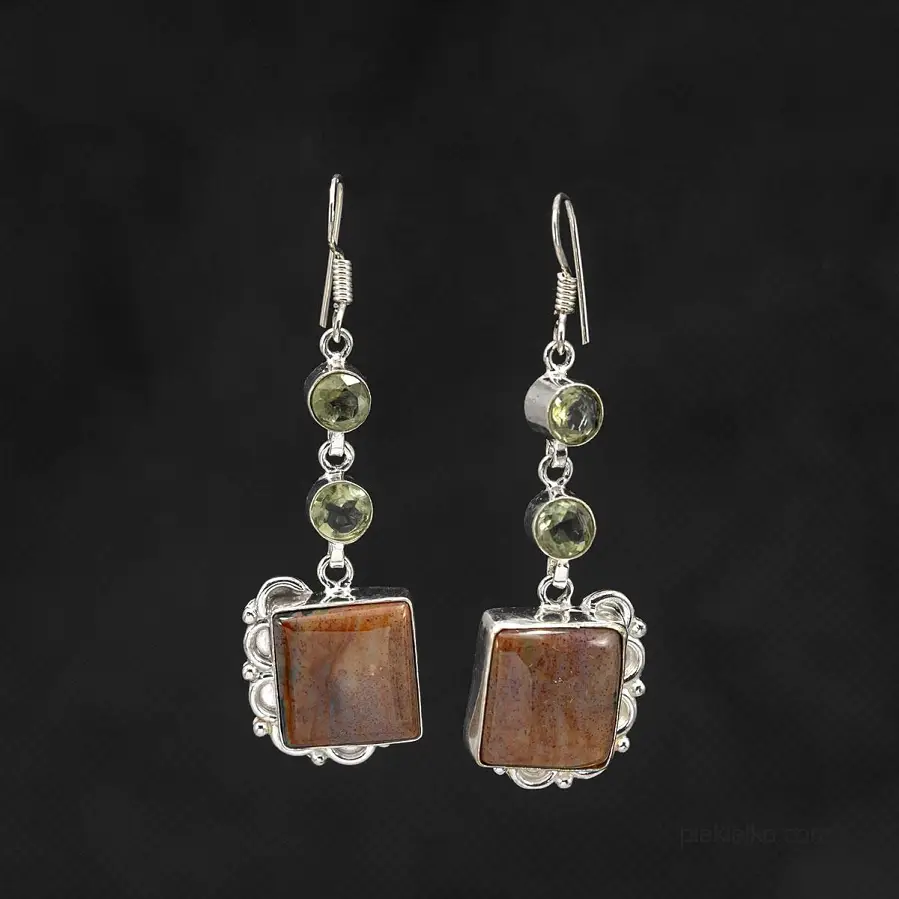
Silver earrings with jasper
95,0054,15 -
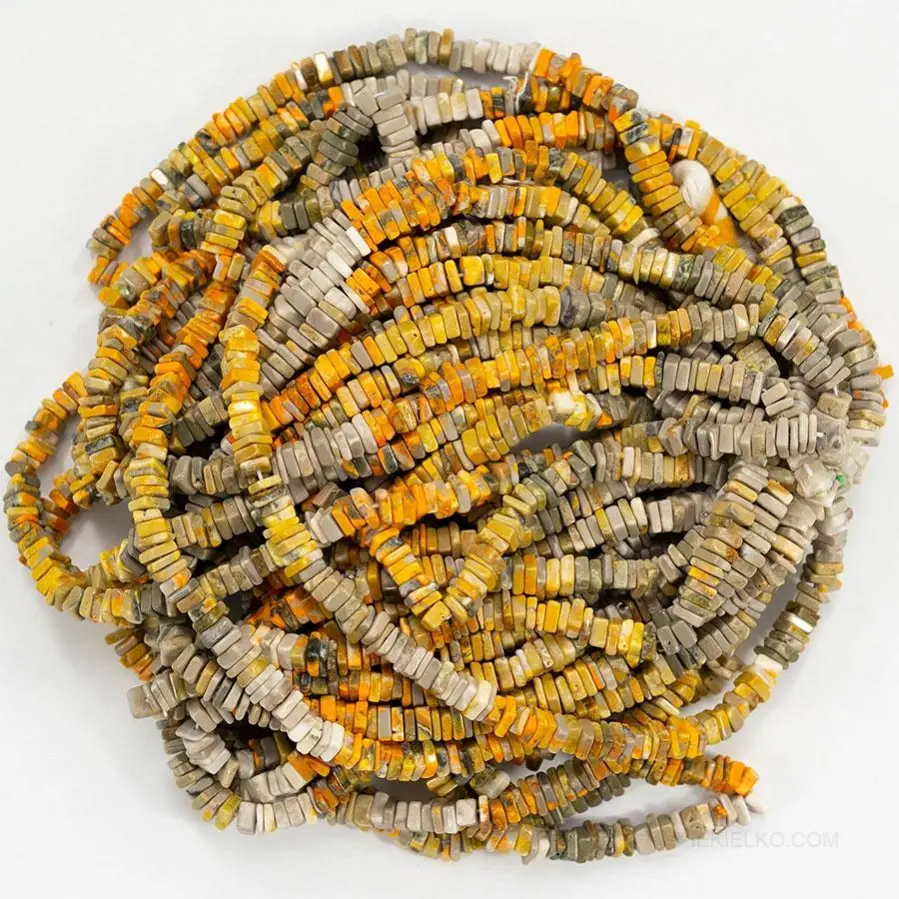
Bumblebee stone jasper - rope
121,00 -
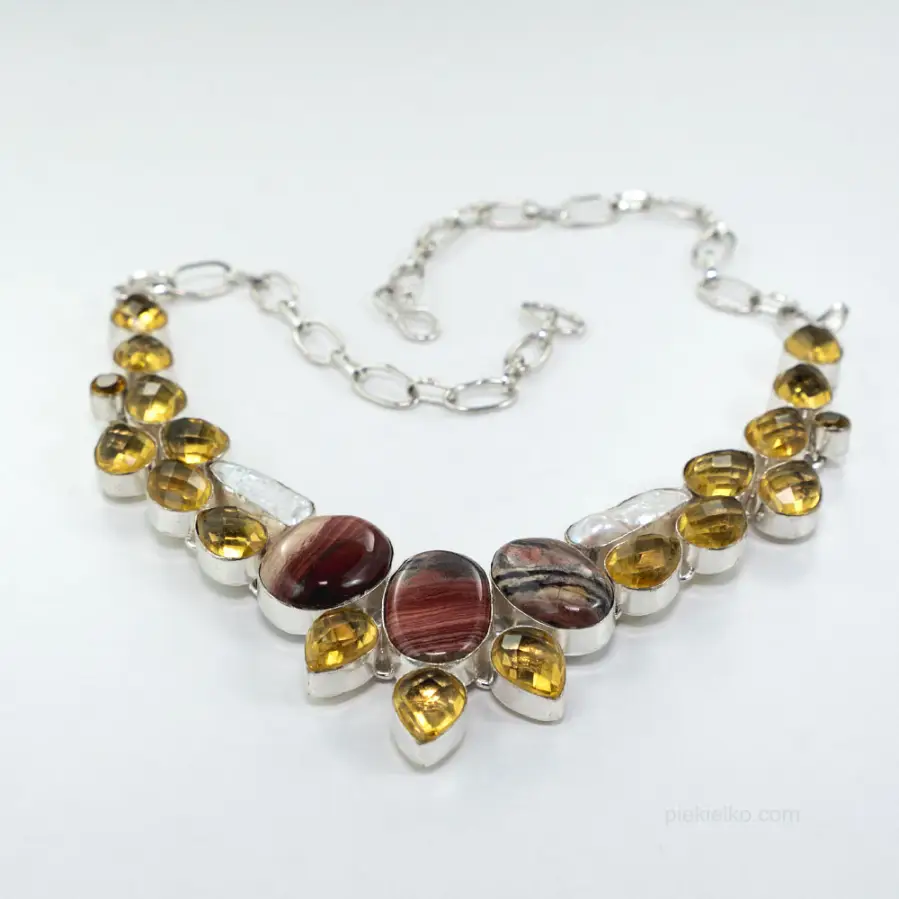
Indian necklace with jasper, lemons and baroque pearls
360,00 -
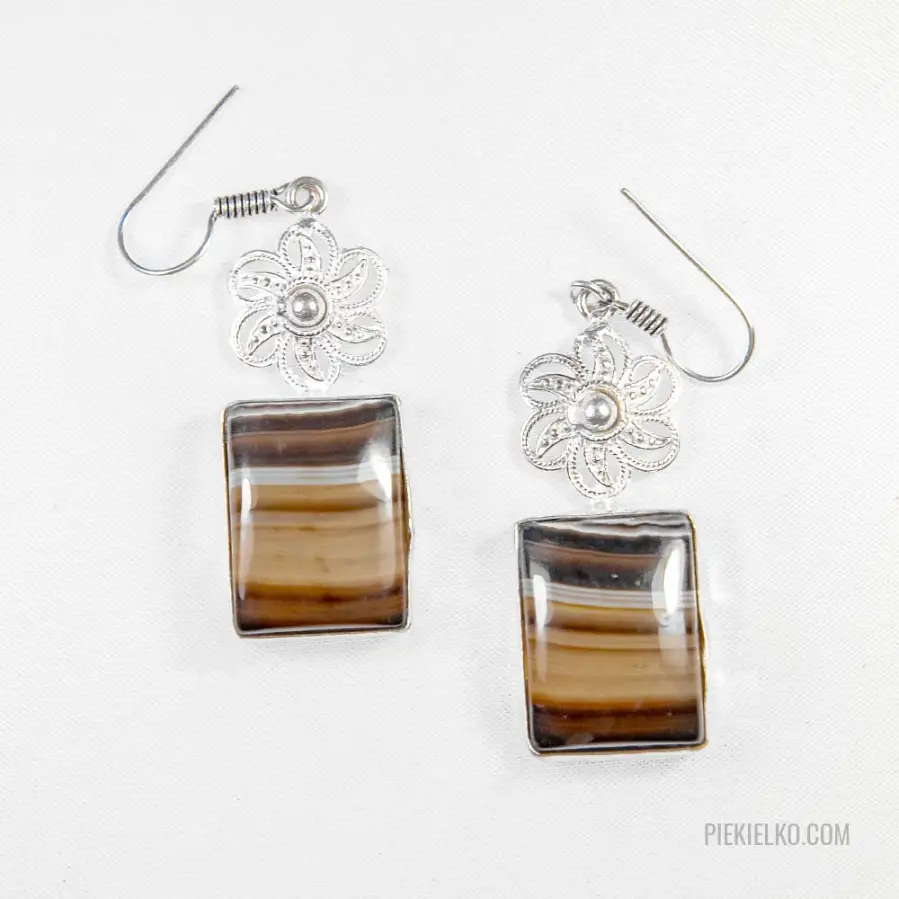
Earrings with jasper
65,0061,75



© Piekielko.com

